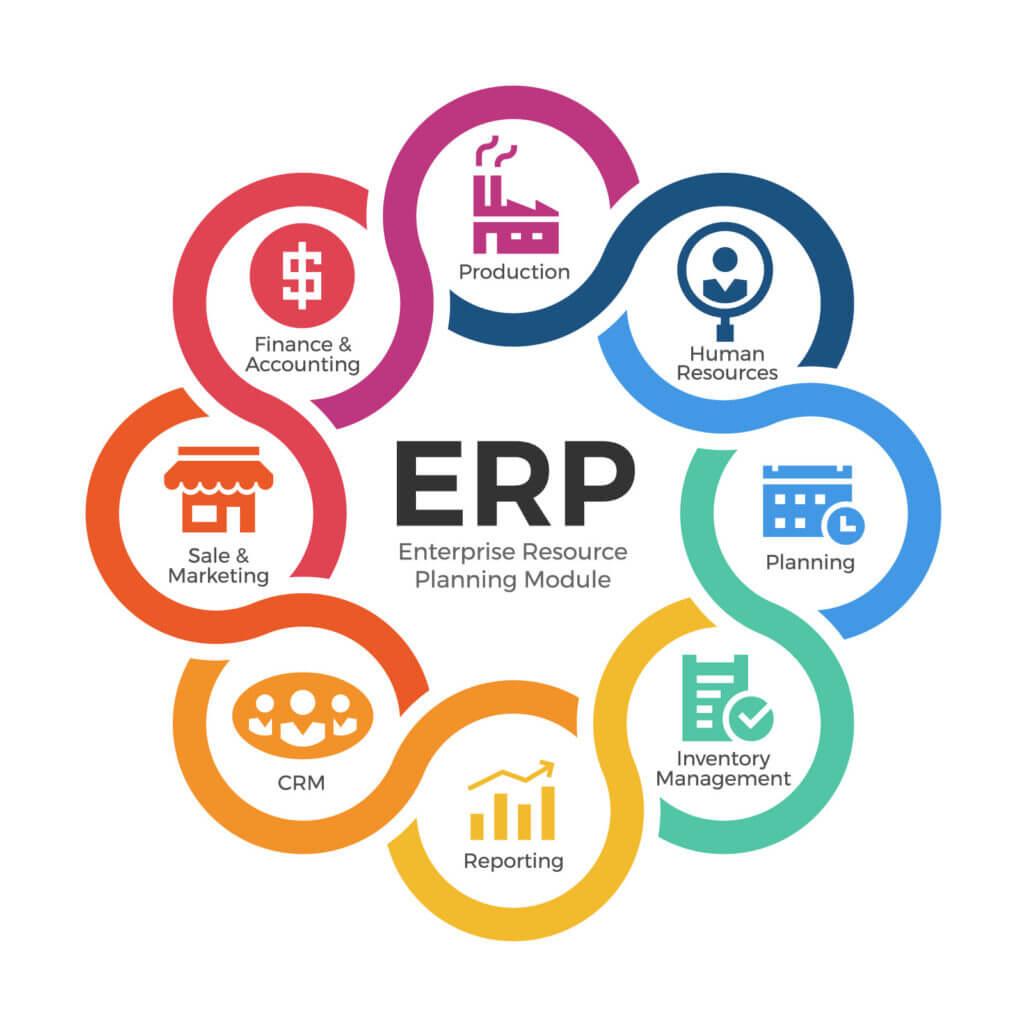ERP Software Market Growth Drivers, Opportunities & Challenges | 2035

The trend of ERP Software Market Share Consolidation is a powerful and enduring feature of the industry's structure, reflecting the mature nature of the market and the strategic priorities of its enterprise clients. The ERP market has been in a long-term state of consolidation for decades, with a clear and persistent concentration of market share among a small number of large, global players. This consolidation is a natural consequence of the nature of the product itself. An ERP system is the most critical and deeply embedded application within an organization, and the decision to implement one is a multi-year, multi-million-dollar strategic commitment. This leads large enterprises to be inherently risk-averse in their selection process, strongly favoring large, stable, and well-known vendors who they can trust to be a long-term partner. This "flight to quality" and scale is a powerful force that continuously reinforces the market share dominance of the incumbent leaders. The ERP Software Market size is projected to grow USD 100 Billion by 2035, exhibiting a CAGR of 5.57% during the forecast period 2025 - 2035.
Mergers and acquisitions (M&A) have historically been, and continue to be, the primary mechanism driving this market share consolidation. The largest ERP vendors have all grown to their current size through a series of large-scale, strategic acquisitions. This acquisitive strategy serves two main purposes. Firstly, it is a tool for market consolidation, where a large vendor acquires a direct competitor to gain its customer base, increase its market share, and reduce price competition. Secondly, and more importantly in the modern era, M&A is a tool for portfolio expansion. Instead of spending years building a new capability like CRM, e-commerce, or supply chain planning from scratch, a large ERP vendor can acquire a best-of-breed leader in that space and integrate its technology into their core suite. This allows them to quickly respond to new market trends and to offer a more comprehensive, "one-stop-shop" platform, which is a key driver of consolidation as customers seek to reduce their number of vendors.
Despite the powerful forces of consolidation, the market is not a complete monolith. The shift to the cloud has, in some ways, created a counter-trend of "unbundling" or fragmentation. The rise of cloud-native, best-of-breed solutions in areas like HCM and CRM has shown that it is possible for specialized players to successfully challenge the all-in-one suite model of the large incumbents. This has created a "post-modern ERP" environment where some forward-thinking companies are choosing to assemble their own ERP from a collection of different, specialized cloud services rather than buying a single monolithic suite. However, the long-term trend is likely to see the major suite vendors respond to this by acquiring the most successful of these best-of-breed players, leading to a new cycle of consolidation. The future landscape will be a continuous and dynamic tension between the forces of suite-based consolidation and best-of-breed fragmentation. The ERP Software Market size is projected to grow USD 100 Billion by 2035, exhibiting a CAGR of 5.57% during the forecast period 2025 - 2035.
Top Trending Reports -
- Art
- Causes
- Crafts
- Dance
- Drinks
- Film
- Fitness
- Food
- الألعاب
- Gardening
- Health
- الرئيسية
- Literature
- Music
- Networking
- أخرى
- Party
- Religion
- Shopping
- Sports
- Theater
- Wellness
